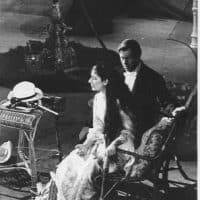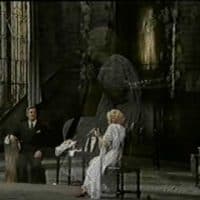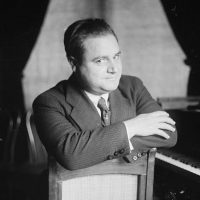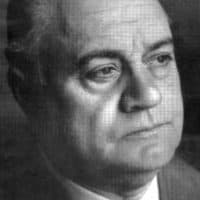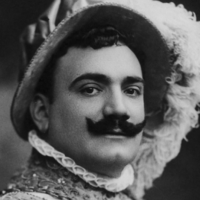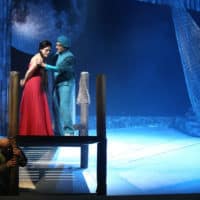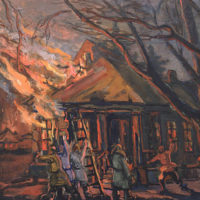It’s season announcement time here in the United States, with most of the major opera companies announcing their 2017–18 offerings at some point in January. As is often the case, the titles of many of the operas on the lists look awfully familiar.
Seattle Opera recently publicized their five picks: Madame Butterfly, Aida, The Barber of Seville, Così fan tutte, and Beatrice & Benedict. The Berlioz is a nice surprise; the others are among the 15 most-performed operas in the world. Chicago Lyric Opera has yet to make their announcement, but we’ve been promised that Puccini and Verdi will feature (admittedly because the past season did not include them at all; Carmen and The Magic Flute were the warhorses instead).
San Francisco’s season is shaping up to be more interesting than last year’s: of the non-Ring cycle operas, we can expect two over-performed pieces (Turandot and Traviata) and three less frequently seen ones (Manon, Elektra, and a new Adams commission). We will at least be spared San Francisco Opera’s three most commonly performed works: La bohème, Madame Butterfly, and Tosca (a particularly frustrating trio to someone who doesn’t love Puccini).
And then there’s the Metropolitan Opera, the United States’ leading house. A house this big has it hard: Baroque operas are difficult to stage in a massive venue, and it’s also not a great proving ground for new operas (though the Met could certainly pick up more of the successful ones and take a more active role in promoting new opera development). Still, as others have noted, what’s on offer can get a tad monotonous.
In the past 117 years, we’ve gone exactly eight seasons without La bohème, and the top four operas (Aida, La bohème, Carmen, and La Traviata) made up nearly a quarter of all performances this past season. We don’t have a 2017–18 schedule yet, but the Future Met Wiki predicts at least four Puccinis (one new production and three repertory productions), including the ever-present Bohème.
 To be clear, there’s nothing wrong with performing old favorites. I love many Verdi and Mozart operas and am happy to see them over and over again (though ideally in an interesting variety of stagings). But especially in the United States, not that much opera is performed (1,657 performances on Operabase in 2015–16, compared to Germany’s 6,795—the U.S. is second in the world for total performances but 36th in the world for performances per capita). Each opera company has a limited season size (they can only fund so many productions and sell so many tickets), so every warhorse performed is one less rediscovered masterpiece or new composition.
To be clear, there’s nothing wrong with performing old favorites. I love many Verdi and Mozart operas and am happy to see them over and over again (though ideally in an interesting variety of stagings). But especially in the United States, not that much opera is performed (1,657 performances on Operabase in 2015–16, compared to Germany’s 6,795—the U.S. is second in the world for total performances but 36th in the world for performances per capita). Each opera company has a limited season size (they can only fund so many productions and sell so many tickets), so every warhorse performed is one less rediscovered masterpiece or new composition.
That’s not to say there aren’t exciting choices of operas here as well. The Met has Thomas Adès’ The Exterminating Angel coming up, which I personally can’t wait to see. Rossini’s Semiramide and Verdi’s I Lombardi are also nice, unusual choices. In San Francisco, we get that Adams commission (the dreadfully named Girls of the Golden West), and our new General Manager keeps dropping hints about his love of French Baroque operas.
This past season, Chicago Lyric Opera scored triumphs with Les Troyens and Don Quichotte, and 2015 saw their runaway success with Jimmy López’s new opera Bel Canto. But I am insatiable: I want more! To that end, in the coming weeks I’ll be blogging about a few of my favorite operas—new and old—that don’t crack the top 100 most-performed list. Some I’ve been lucky enough to catch live-streamed or in person; some I can only hope see performed near me someday.
Feel free to share your thoughts: do the warhorses of the repertoire deserve their frequent repetition? Which lesser-known operas would you like to see more often (or at all)?
